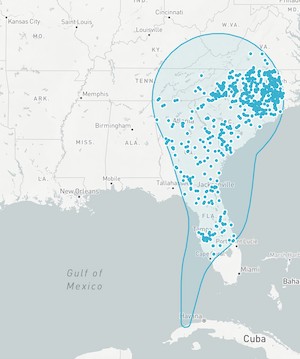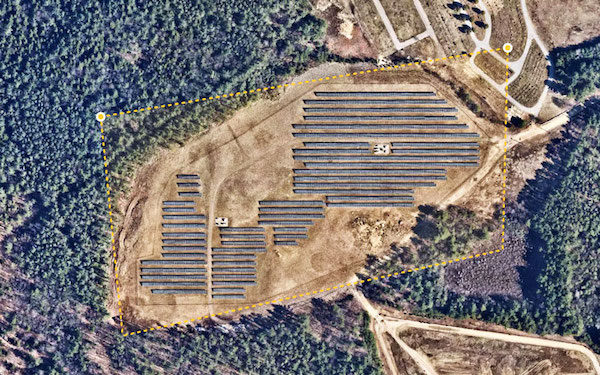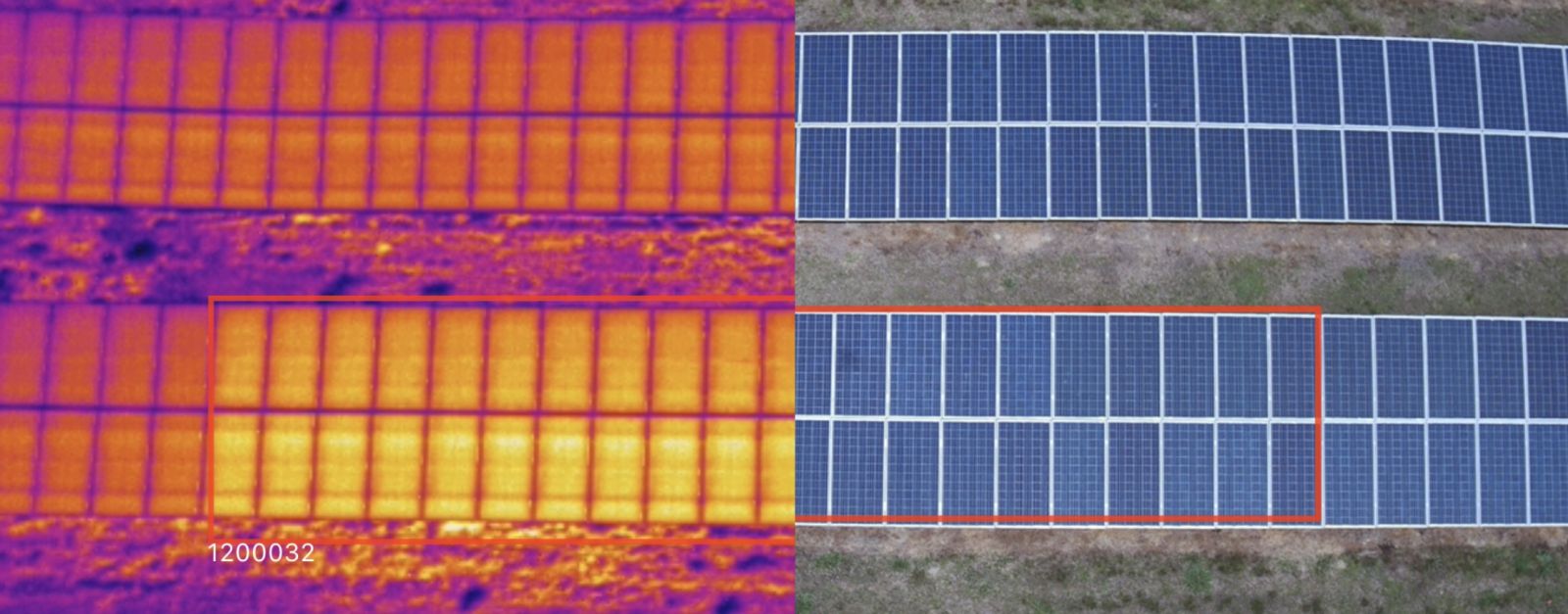Planning for Disaster
As extreme weather events become more common globally, solar investors need to begin planning for the unplanned. While the utility-scale solar industry already grapples with the elements (hail, in particular, has long posed a risk to the health of PV solar panels, and created situations in which farms are not meeting energy output expectations), asset managers can rely on digital solutions when intensifying storms cause operational issues.
 The number of severe storms rose 40 percent in the 20-year period from 2000 to 2019, compared to the previous 20-year period, according to a United Nations report; it follows that storms are increasingly affecting solar equipment. Last year, equipment-driven underperformance resulted in roughly $2.5 billion in losses for the solar industry, with a sizable amount of revenue loss driven by physical damage to the PV module. The increase in production losses caused by severe weather is also a factor of solar projects getting bigger and more complex. Clear and fast communication and incident reporting to all stakeholders on the ramifications of damage is of utmost importance.
The number of severe storms rose 40 percent in the 20-year period from 2000 to 2019, compared to the previous 20-year period, according to a United Nations report; it follows that storms are increasingly affecting solar equipment. Last year, equipment-driven underperformance resulted in roughly $2.5 billion in losses for the solar industry, with a sizable amount of revenue loss driven by physical damage to the PV module. The increase in production losses caused by severe weather is also a factor of solar projects getting bigger and more complex. Clear and fast communication and incident reporting to all stakeholders on the ramifications of damage is of utmost importance.
The answer to planning for unplanned weather damage is to lean on digitally-enabled workflows and robust data assets that expedite the identification and remediation of issues. This will also aid in recouping losses by speeding up the claims process for insurance or warranties.
In one recent instance, a major and unforeseen wind event occurred over the course of 24 hours on a 300+MW solar farm, causing significant damage to modules and tracking equipment. This is exactly the sort of weather event that can’t be planned for — a quick and coordinated response was key to getting the site operational again.
The first line of remediation involves implementing an inspection of the asset as soon as possible. Efficient, high-quality data capture scans kickstart a process that leads to repair, warranty, or insurance claims, and minimizes exposure to extended financial damages. Not all insurance policies allow filers to claim all lost production, so it is imperative that an asset is quickly back up and running again, and that parties gather a nearly real-time view of damages.

Pilots must be contracted and mobilized as soon as possible to survey the damage, and should coordinate inspections as soon as conditions allow. It is ideal to inspect damage within a day or two.
Making full use of a data capture scan following an extreme weather event is dependent on ingesting and analyzing the data within a geo-reference digital twin (a comprehensive data model that acts as a clearinghouse for the entire history of the equipment). A key element in populating a digital twin is mapping serial numbers of all equipment on a solar farm, since these will be needed in the event of a warranty or insurance claim.
Field technicians can then use a mobile version of the digital twin while responding to a weather event, thus speeding up the process of locating and planning remediation of equipment issues.
In addition to storing serial numbers, commissioning scans are a foundational part of building an equipment record. Scanning panels prior to operations gives owners an idea of panel health prior to the onset of operations. Insurance providers and warranty holders look for this key data when reviewing a claim because they want to know whether or not the equipment was healthy before the weather event. For owners that build in severe weather-prone locations, having a digital twin from the start of operations would establish a baseline history of the equipment, and further speed up post-storm recovery.

Regular thermography scans are an ideal way to keep records of equipment for the life of the asset. Every time a scan is performed, asset managers build an equipment record and track its health over time.
The final step in responding to an extreme weather event is to use a software solution for warranty and insurance claims. This will help expedite the claims process by allowing teams to file applications with the needed data seamlessly, and with minimal guesswork. Solutions that allow for warranty holders and OEMs to review and collaborate on claims in a central platform also reduce resolution time by smoothing communications, and minimizing back-and-forths.
Most module warranty and insurance claims require the following information: specifics about the party making the claim and the site in question; a detailed written description of the damage; evidence of the damage, including photos and data; information about the type of module and serial numbers affected, and; specific accounting of the warranty start date. All of the above-named elements combine to expedite the claim process for both owners and warranty holders, saving time and money for everyone involved. As extreme weather events worsen, asset owners can begin planning for the unplanned, and continue to drive the world’s transition to a renewable future.
Don Nista is Head of Knowledge at Raptor Maps, which provides lifecycle management software for the solar industry. Raptor Maps arms developers, portfolio owners, asset managers, and O&M providers with software solutions that enable more efficient and data-driven asset management, improving asset health, and ultimately increasing the financial return of assets.
Raptor Maps | raptormaps.com
Author: Don Nista
Volume: 2023 May/June










.png?r=8762)

